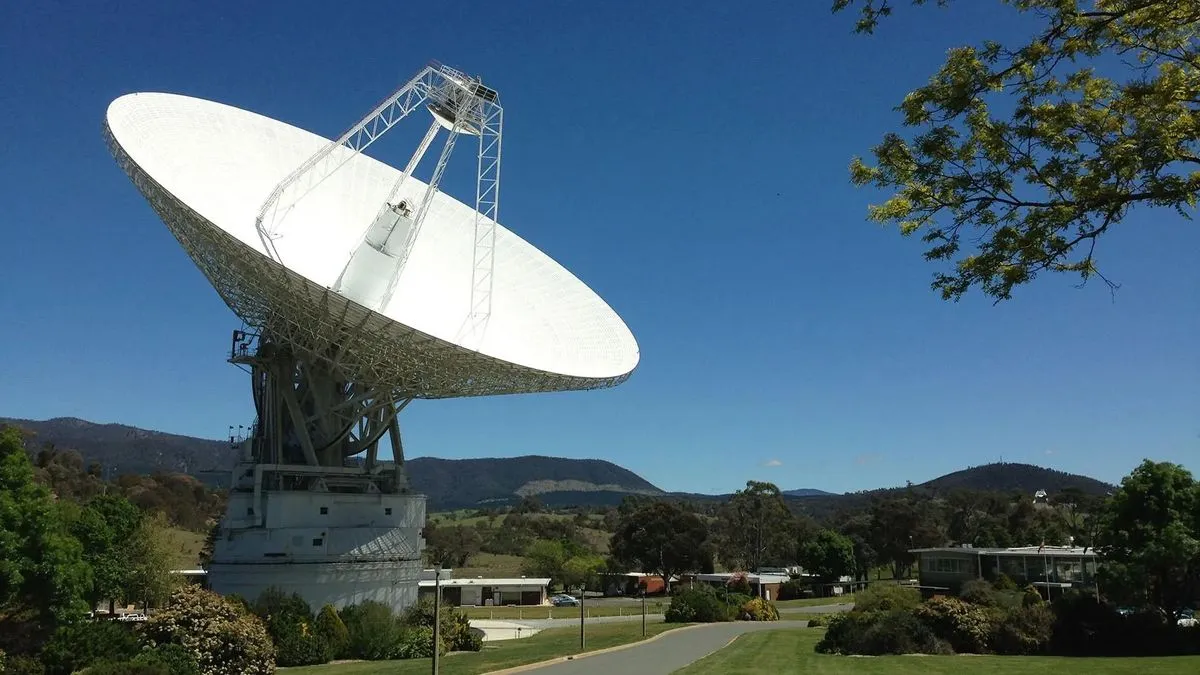
On March 19, NASA's Deep Space Network (DSN) facility located in Canberra, Australia, marked a remarkable milestone by entering its 60th year of providing invaluable communication links between scientists on Earth and the spacecraft venturing into the cosmos. This significant anniversary also coincided with the commencement of construction on a new facility, Deep Space Station 33, which will become the fifth radio antenna in Canberra's impressive array of tracking stations.
As part of the ongoing expansion of the Deep Space Network, the new Canberra dish is poised to enhance the capabilities of this vital communication system. The DSN consists of three strategically located facilities: two in the United States, one in Barstow, California, and another in Madrid, Spain. When Deep Space Station 33 becomes operational in 2029, it will complete the construction of six parabolic dishes under NASA's Aperture Enhancement Program. This initiative is crucial for managing the increasing volume of data generated by current and future spacecraft missions.
The Deep Space Network is an extraordinary achievement that plays a critical role in space exploration. Its three facilities are strategically positioned around the globe to ensure that at least one station can maintain contact with spacecraft at any given time, thanks to Earth’s rotation. This capability is essential, especially considering the typically multiyear duration of space missions, which require consistent and reliable communication.
Deep Space Station 33 will feature a 112-foot-wide (34 meters) multifrequency beam-waveguide antenna (BWG). This advanced antenna design incorporates five mirrors that reflect radio signals from distant spacecraft through a beam waveguide tube, directing the signals to a concrete pedestal that is primarily buried underground. This innovative setup allows for the effective translation of raw data into interpretable information for scientists.
Notably, the Canberra facility is the only DSN complex capable of maintaining direct communication with the iconic Voyager 2 spacecraft, which is currently about 13 billion miles (20.9 billion kilometers) away from Earth and continues to move farther into the universe. While Voyager 1 can relay its information through the other DSN facilities, it can only receive commands from Canberra. This highlights the critical role Canberra plays in supporting these remarkable missions that have pushed the boundaries of human engineering and exploration.
With the addition of Deep Space Station 33, NASA is set to enhance its capabilities for future space exploration missions. As we continue to unravel the mysteries of the universe, the need for robust communication systems becomes increasingly vital. The ongoing innovations in the Deep Space Network underscore the importance of maintaining a reliable connection with the ever-expanding fleet of spacecraft exploring the vastness of space. As we look toward the future, having more advanced dishes at Canberra will undoubtedly facilitate the next generation of groundbreaking scientific instruments and discoveries.